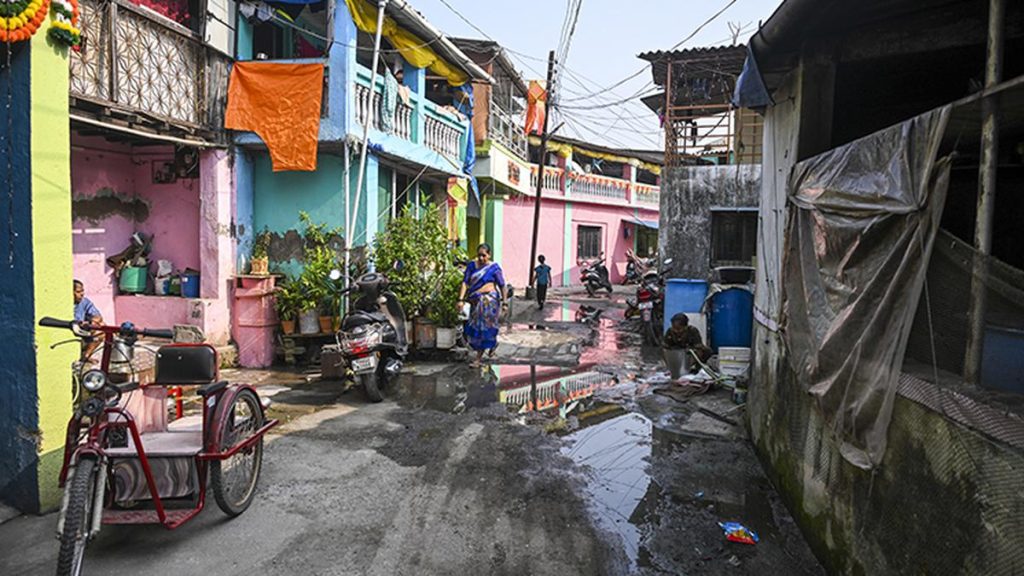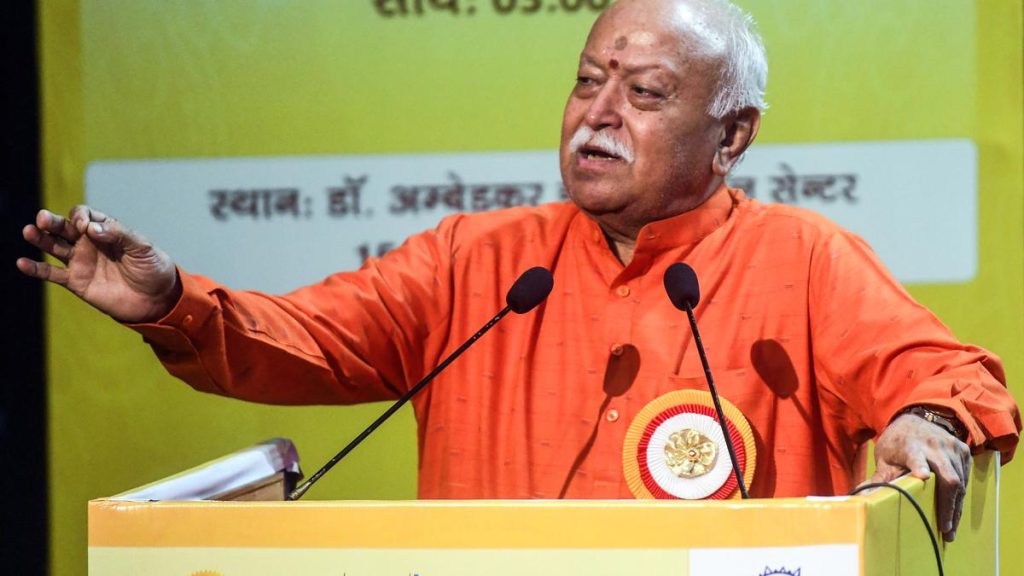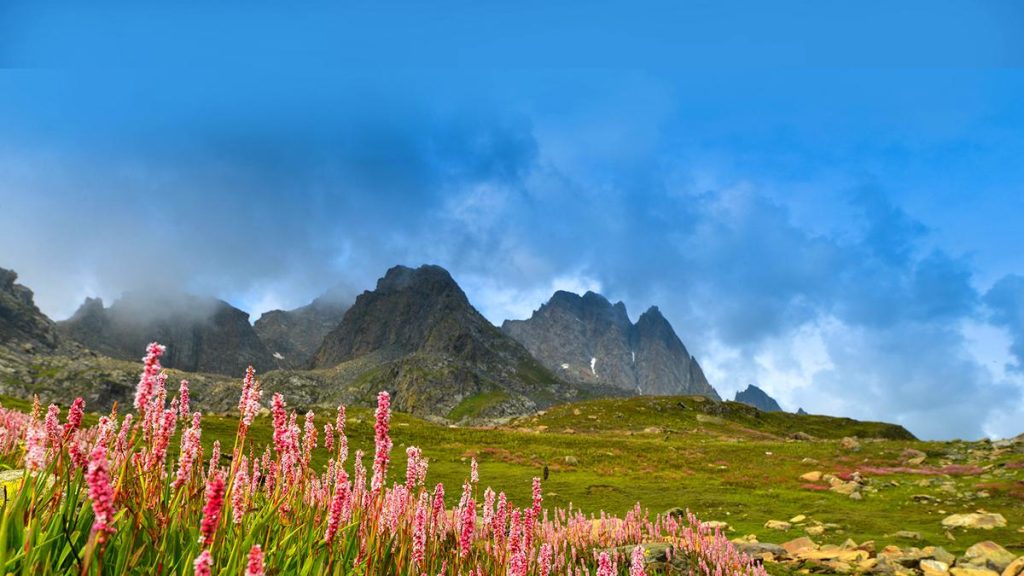Now Reading: Why ‘Quiet Luxury’ Hotels Are Redefining Travel Trends
-
01
Why ‘Quiet Luxury’ Hotels Are Redefining Travel Trends
Why ‘Quiet Luxury’ Hotels Are Redefining Travel Trends
Rapid Summary
- Trend of Quiet Luxury
– Emphasizes understated,refined elegance in design and experiences.
– Highlights details like subtle lighting, thoughtful layouts, textures, and noise-free environments.
- Examples of Quiet Luxury Hotels:
– Aman Nai Lert Bangkok, Thailand: Features large suites with floor-too-ceiling windows, Thai-inspired design accents like banana bark panels.
– The Surrey, NYC: Recently renovated with intricate handcrafted elements like silk wall coverings and Frette linens.
– Villa Miraé,France: Showcases Art Deco-inspired interiors with Mediterranean gardens woven into the landscape for serenity.
– Southern Ocean Lodge, Australia: Eco-amiable luxury on Kangaroo Island integrating local artisan designs into wild landscapes.
– Mollie, Aspen: Earth-toned décor inspired by natural surroundings; balances rugged mountain views with minimalistic comforts.- Claridge’s, London: Iconic hotel blending historical glamour with contemporary touches such as heated marble floors and plush Jacquard walls.- Regent Bali Canggu, Indonesia: Spacious suites/villas inspired by balinese tradition-hand-carved teak bathtubs take centre stage.
– SingleThread Inn, California: A boutique offering rooted in Japanese hospitality principles paired alongside a three-Michelin-star restaurant.
Indian Opinion Analysis
The concept of “quiet luxury” could resonate strongly within India’s burgeoning hospitality sector. as the country sees growth in both domestic tourism and international arrivals bolstered by its diverse landscapes, quiet luxury might attract travelers desiring exclusivity without ostentation. This approach aligns well with India’s cultural emphasis on harmony within spaces-a principle deeply embedded in conventional architecture forms like kerala’s Nalukettu or Rajasthan’s haveli designs but interpreted through modern lenses.
For Indian hotels aspiring toward these benchmarks, emulating “quiet luxury” might entail focusing on artisanal decor (like Channapatna woodwork or heritage stonework), eco-conscious facilities that nurture local craftsmanship while leveraging India’s architectural richness to evoke understated elegance that complements its locales rather than distracts from them.
While some properties in India embrace such ideals-for example iconic resorts near wildlife sanctuaries-the broader adoption requires careful economic balancing. The shift could elevate India’s positioning amidst global travel trends but calls for consistent engagement between creative design teams and policy frameworks incentivizing eco-friendly innovation to ensure accessibility across markets without sidelining inclusion/diversity mechanisms typical here
Read More here




























